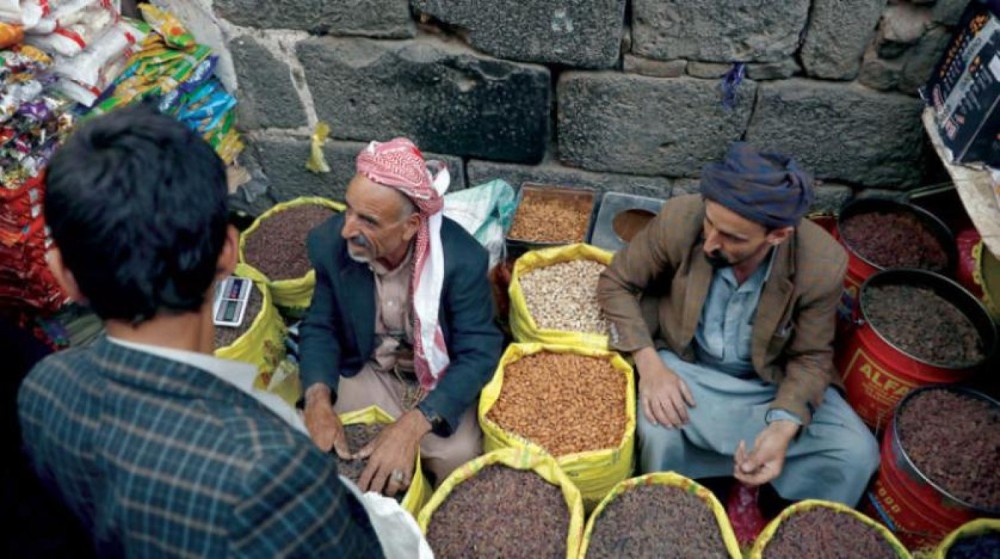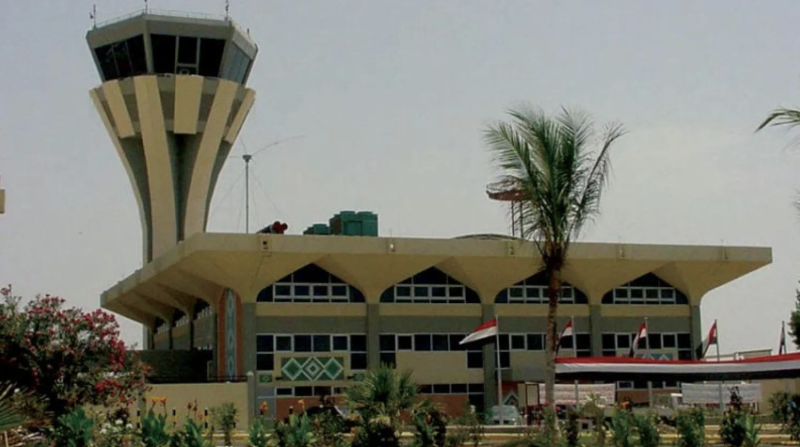WFP Yemen Food Security Update


Key Highlights:
In June 2024, the share of households with inadequate consumption of food reached 60 percent nationwide, with historic highs of 61 percent in southern Yemen under the internationally recognized Government of Yemen (IRG) and 59 percent in northern Yemen under the Sana’a-based authorities (SBA). SBA areas saw a sharper annual deterioration where severe food deprivation (poor food consumption) got more than doubled from 17 percent in June 2023 to 36 percent in June 2024. It also peaked at 32 percent in IRG areas. Governorates like Raymah, Al Bayda, Amran, Hajjah, Abyan, Sa’dah, and Ibb faced unprecedented levels of severe food deprivation.
In IRG-controlled areas, the Yemeni riyal depreciated by 25 percent against the US dollar year-on-year, hitting an all-time low of YER 1,819/USD by the end of June 2024. This is mainly attributed to low foreign currency reserves and revenue shortages due to halted crude oil exports. FAO predicts a further five percent monthly depreciation over the next four months. In SBA areas, the riyal depreciated slightly by one percent, reaching YER 534/USD.
In the first half of 2024, fuel imports through Red Sea ports rose by 26 percent compared to the same period in 2023, while imports via the southern ports of Aden and Mukalla declined by 33 percent year-on-year. Pump prices for petrol and diesel in IRG controlled areas remained high, increasing by nearly 22 percent year-on-year. This rise is primarily due to ongoing currency depreciation and a 10 percent annual increase in global fuel price.
The Red Sea ports saw a 25 percent annual rise in food imports during Jan-Jun 2024, while the southern ports of Aden and Mukalla exhibited a 15 percent annual decline. Essential food items were available across Yemeni markets in June 2024, however people’s access to food remained limited due to higher prices and reduced household purchasing power.
In June 2024, the global FAO Food Price Index (FFPI) remained stable compared to the previous month and was two percent lower than in June 2023. All sub-indexes declined year-on-year except for dairy and vegetable oil. The FAO Vegetable Oil Price Index reached its highest level since March 2023.
WFP's needs-based plan is only 28 percent funded for August 2024 to January 2025. In SBA areas, GFA has been paused since December 2023, significantly impacting food security. WFP is planning to target 1.6 million people under Rapid Emergency Response (RER).
In June 2024, the cost of the minimum food basket (MFB) reached a record high in IRG areas, showing a 15 percent year-on-year increase. This rise was mainly driven by higher prices for vegetable oil (up by 32 percent year-on-year), sugar (30 percent), wheat flour (14 percent), and red beans (10 percent). Ma’rib and Hadramawt governorates saw the highest annual increases.

Aden - Yemenia Airways flights to Aden were canceled on Thursday morning, in addition to a Djiboutian Airlines flight that had been scheduled to de…

Red Sea – Thirty Yemeni fishermen have returned home after being released by Eritrean authorities following several days of forced detention…

Al-Ghaydah – The city of Al-Ghaydah, capital of Yemen’s eastern Al-Mahra governorate, witnessed mass demonstrations on Tuesday in suppo…